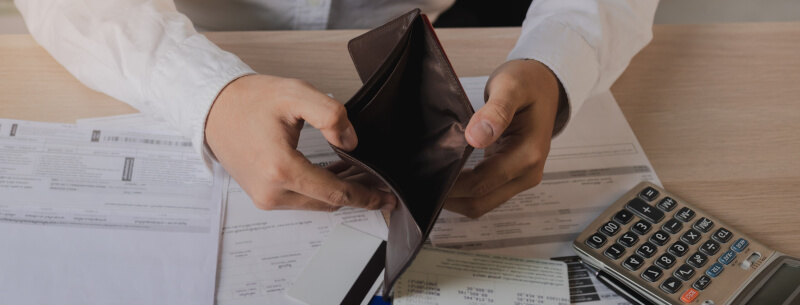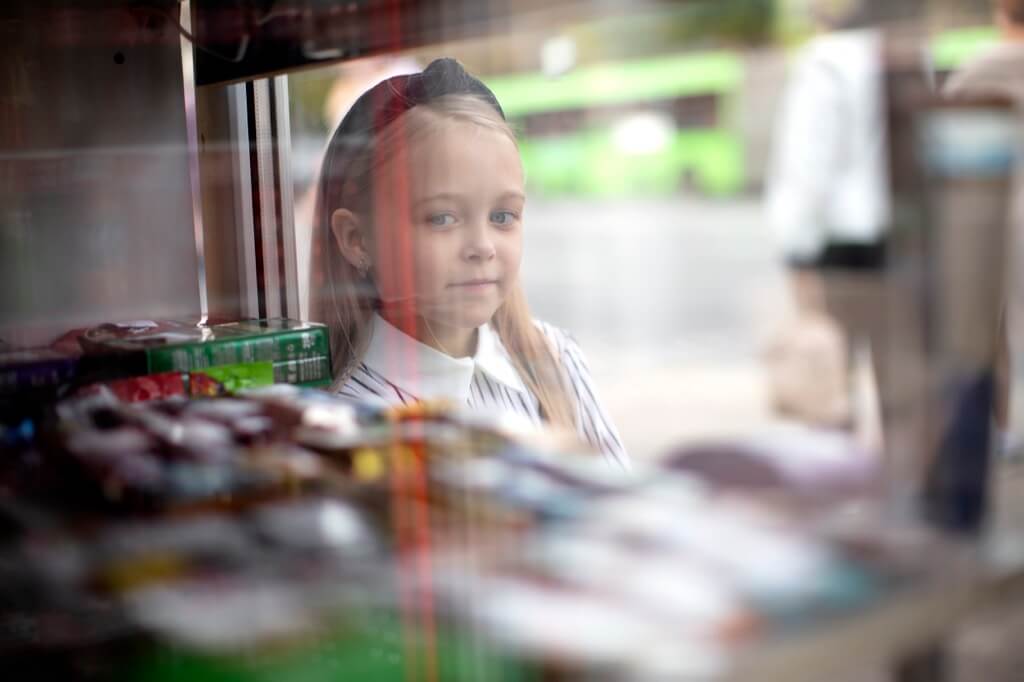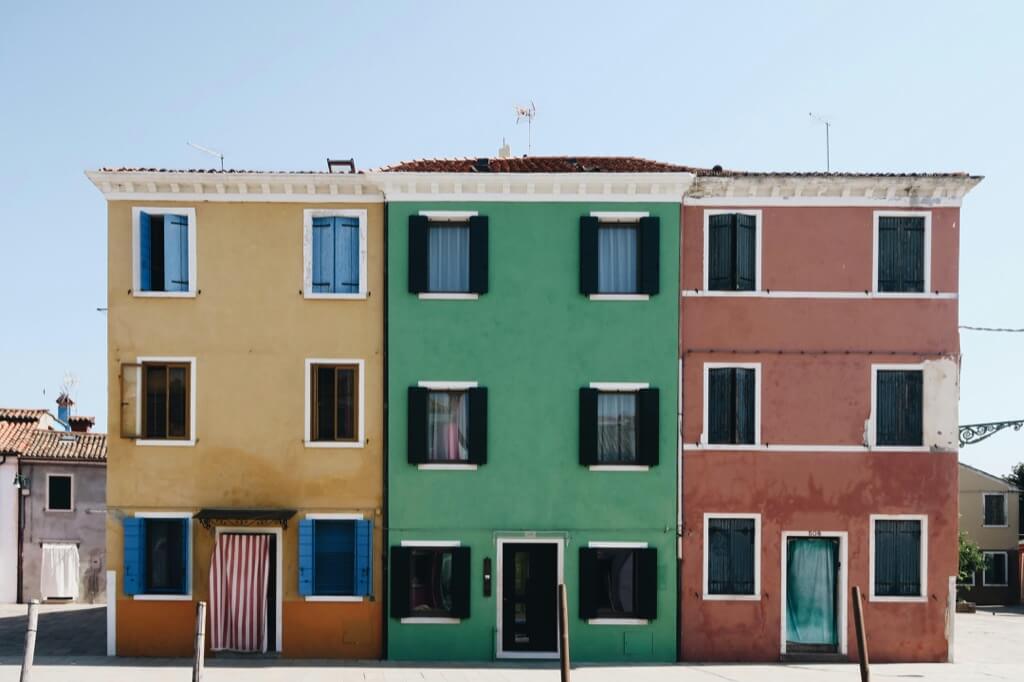In South Africa, R20 might not sound like much, but for many, it’s a day’s lifeline for sustenance. This deep dive into what R20 can buy in terms of snacks and meals provides a snapshot of the affordable food options available in South Africa, exploring how far one can stretch this modest sum.
- At KFC, a popular fast-food chain in South Africa, R19.90 gets you a classic coleslaw. This pricing aligns with their current menu, offering a familiar and tasty side dish. However, for those on a tight budget, this might not constitute a full meal. It’s a reminder of the balancing act between affordability and nourishment that many South Africans face daily.
- Potato chips are more than a snack in South Africa; they’re a source of quick energy and carbohydrates. Places like Sausage Saloon and other chain stores often sell them for around R20. If you’re lucky enough to find a chisa nyama (barbecue) nearby, you might get a portion of chips, with or without sauce, for the same price. This highlights how a simple snack can be both accessible and filling for those with limited resources.
- A loaf of sliced white bread, such as Sunbake Sliced White Bread from SPAR, is a staple for many and can be purchased for less than R20, specifically around R15.99. Bread alone isn’t very satiating, but it’s a versatile base for a variety of affordable toppings. This reflects the reality of many South Africans who rely on bread as a dietary mainstay due to its affordability.
- Yogurt, like Yogofat Parmalat, is an energizing option, but its cost and nutritional value must be weighed. At Shoprite, a small serving costs around R15.99. While yogurt provides some energy, it’s not enough to sustain an individual for a whole day, posing a challenge for those relying on a tight budget to meet their nutritional needs.
- Milk, a key ingredient in many dishes, can be surprisingly expensive. A liter of Everfresh milk at Makro is priced at R18.45, still under the R20 mark. For those with only R20 to spend, this would mean having to prioritize milk over other food items, underscoring the tough choices faced by those with limited budgets.
- When funds are limited, the lines between snacks and meals often blur. A 60-gram pack of Simba Salted Peanuts costs just R8.99 at Game. This shows how snacks can become a significant part of one’s diet when money is tight, providing some sustenance but often not enough to be considered a complete meal.
The Impact of Economic Inequality on Food Choices
Economic disparity in South Africa directly affects the food choices available to many citizens. With a significant portion of the population living below the poverty line, purchasing power is limited, leading to a reliance on cheaper, less nutritious food options. This economic inequality not only restricts access to a variety of food but also to healthier options, forcing many to choose foods that are filling but not necessarily beneficial for long-term health.
Fast food outlets, with their low-cost meals, become a go-to for many South Africans. While these meals are affordable and satiating, they often lack essential nutrients. Regular consumption of such foods can lead to health issues like obesity, diabetes, and heart disease. The immediate need to alleviate hunger often overshadows the long-term health risks associated with a fast-food-heavy diet. Access to fresh fruits and vegetables is another challenge. In many low-income areas, known as food deserts, there’s a scarcity of stores selling fresh produce. This lack of access not only limits dietary diversity but also contributes to the nutrition gap experienced by lower-income groups. This situation is exacerbated in rural areas where transportation to markets or stores can be an additional barrier.
To combat these challenges, community initiatives play a crucial role. Urban gardens, community-supported agriculture, and food co-ops are examples where local communities come together to grow and distribute fresh produce. These initiatives not only provide access to nutritious food but also educate communities about the importance of a balanced diet, creating a sustainable solution to the problem.
There is a pressing need for government intervention in addressing food accessibility and economic disparity. Policies that support local farmers, subsidize healthy foods, and invest in nutrition education can make a significant difference. Additionally, improving infrastructure in rural areas to facilitate easier access to markets can help bridge the gap in food accessibility. Ensuring that all South Africans have access to nutritious and affordable food is essential for the country’s health and well-being. It requires a multi-faceted approach involving government policy, community initiatives, and individual education. Addressing economic disparity and increasing the availability of healthy food options are critical steps toward building a future where food security is a reality for all in South Africa.
Some Practical Tips To Stretch Your 20 Bucks
Utilizing budgeting apps is an excellent way to manage your R20 effectively. These apps can help you track your spending, categorize your expenses, and even set limits for different types of purchases. With real-time updates and reminders, you can make more informed decisions about how to allocate your funds, ensuring you get the most out of every rand. Leveraging discount and coupon websites can lead to significant savings. These platforms offer deals, discounts, and coupons for various stores and restaurants, including those that sell affordable food options. By regularly checking these websites, you can find ways to stretch your R20 into more substantial meals or higher-quality food items.
Meal planning is key to stretching your budget. Apps that provide budget-friendly recipes and meal plans can be incredibly helpful. They allow you to prepare meals that are both nutritious and cost-effective, ensuring you make the most out of every ingredient purchased. These apps often come with shopping lists that help avoid impulse buys, further stretching your R20. Participating in community exchange systems or barter networks can be a resourceful way to extend the value of R20. These platforms allow you to trade goods or services with others in your community. For instance, you might offer a skill or item you have in exchange for food items, effectively stretching your budget without spending cash.
Staying informed about local market schedules and locations can help you access fresh, affordable produce. Many local markets offer lower prices than supermarkets and also have days when they sell items at a discount. Keeping track of these can help you plan your shopping around these days, making your R20 go further in purchasing healthy and fresh food options.
The use of digital tools for budgeting and finding discounts, alongside traditional methods like bartering and shopping at local markets, demonstrates the blend of modern and traditional approaches to managing limited resources. These strategies highlight the resilience and adaptability of individuals facing economic constraints.




